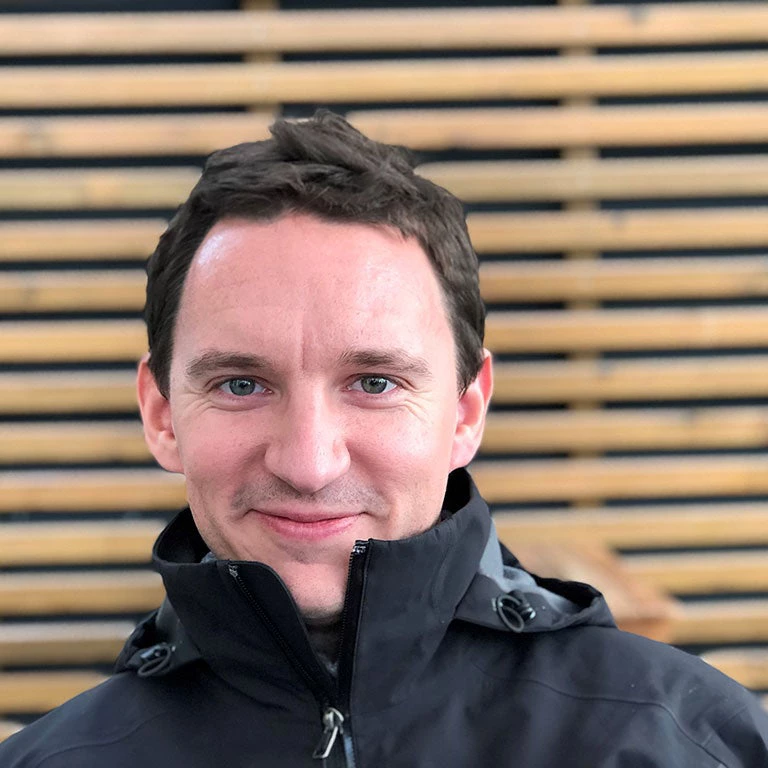
To celebrate World Environment Day, hundreds of Freetonians came together to plant a tree in honor of the more than 1,000 people killed and missing after devastating landslides and floods tore through Freetown less than a year ago. The landslide and flood waters ripped through the capital city with tremendous energy, destroying everything in its path. It was reported that a huge wave of boulders, building debris and mud cascaded down the river channel immediately after the landslide. The disaster affected more than 6,000 people and caused significant destruction and damage to critical infrastructure.
The trees are being planted as part of a memorial park, which will help to stabilize the soils and discourage people from rebuilding in this high-risk area. The tree-planting ceremony also marks an important phase of the World Bank-supported Freetown Emergency Recovery Project (FERP), which is designed to support the government’s resilient recovery program. The project aims to rehabilitate and rebuild -back-better damaged infrastructure including remediating the landslide area and strengthening the disaster risk management and early warning capacities. This was informed by a Damage and Loss Assessment (DaLA) that was undertaken immediately after the disaster event, supported by the World Bank and United Nations, which indicated recovery needs of more than US$80 million.
The first phase of the slope remediation measures, was to reprofile the main slope of the landslide and recreate the existing drainage channels by the United Nations Office for Project Services (UNOPS). Now that this phase is complete, the second phase is to re-plant the area to help hold the soils in place and reduce the surface run-off. The trees selected also have additional community benefits to them; many will carry fruits and nuts to benefit the surrounding community and reduce the likelihood of them being felled for firewood, which was guided by the UN Food and Agricultural Organization (FAO).

Although the work carried out so far is reducing the instability of the slope, it remains a high-risk area. President Julius Maada Wonie Bio recently setup a Mudslide Prevention Inter Agency Committee to coordinate between key ministries, agencies and development partners, including the World Bank, to address the urgency of the situation with the rainy season just starting. It is with this is mind that the government is considering demarking the area as a protected memorial park, in memory for those who lost their lives and were impacted by the landslide disaster.
Landslides in Freetown are not unusual considering the topographical characteristics of the city. Although there is no single cause for the landslide in 2017, it is evident that deforestation and urban settlements encroaching in demarcated no-build zones significantly contributed to the high casualty rates and subsequent economic losses. This is being further compounded by the effects of climate change. The capital’s coastal position, located on a peninsula and surrounded by mountains, provides limited space for the city to expand. Accelerating development along the coast and into the more elevated, steeper and forested central mountain belt are increasing exposure of people and assets to landslides, floods and sea-level rise.

As urban development in Freetown isn’t planned, the increase in population density has been associated with deforestation of hills and informal settlement on floodplains. Deforestation is increasing surface run-off and intensifying existing risks from floods and landslides further. Poor planning and weak enforcement has allowed more and more households to settle in high-risk areas, driven by low housing supply and high prices. Kroo Bay, one of the city’s largest slums, has experienced flooding every year since 2008.
Multi-City Hazard and Risk Assessments for the cities of Freetown, Makeni and Bo are close to completion. The reports will help to identify key hotspots that are highly exposed to flooding, landslides, sea level rise and coastal erosion, and provide a menu of options to manage these risks.
It is evident that disaster risk management is everyone’s business, and needs to be addressed at all levels, both vertically – from communities and local governments, all the way up to the President – as well as horizontally – across all sectoral line ministries, as well as through planning and financing. A new national policy framework for disaster risk management is under preparation, which could help to strengthen the coordination of disaster risk management in Sierra Leone, including prevention, preparedness, emergency response, and resilient recovery. The new administration is already taking strides to strengthen disaster risk management and the World Bank will continue to support the government along this road to resilience.



Join the Conversation